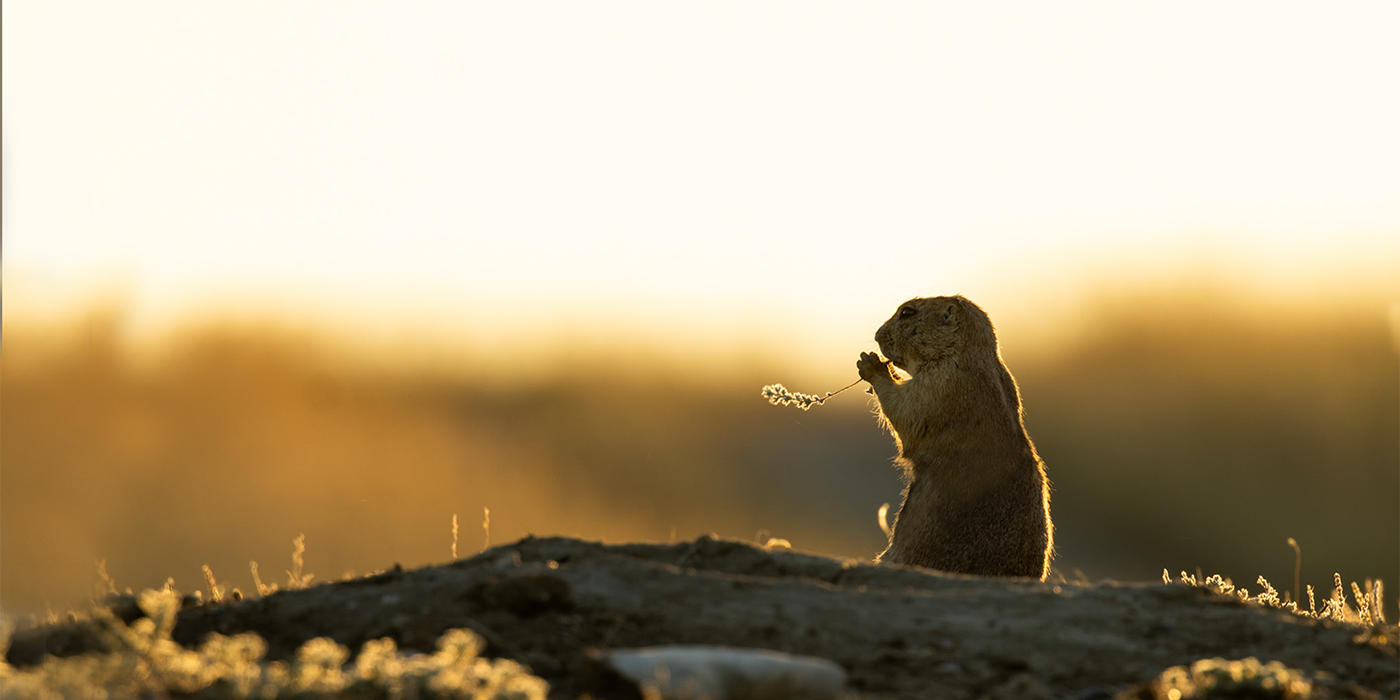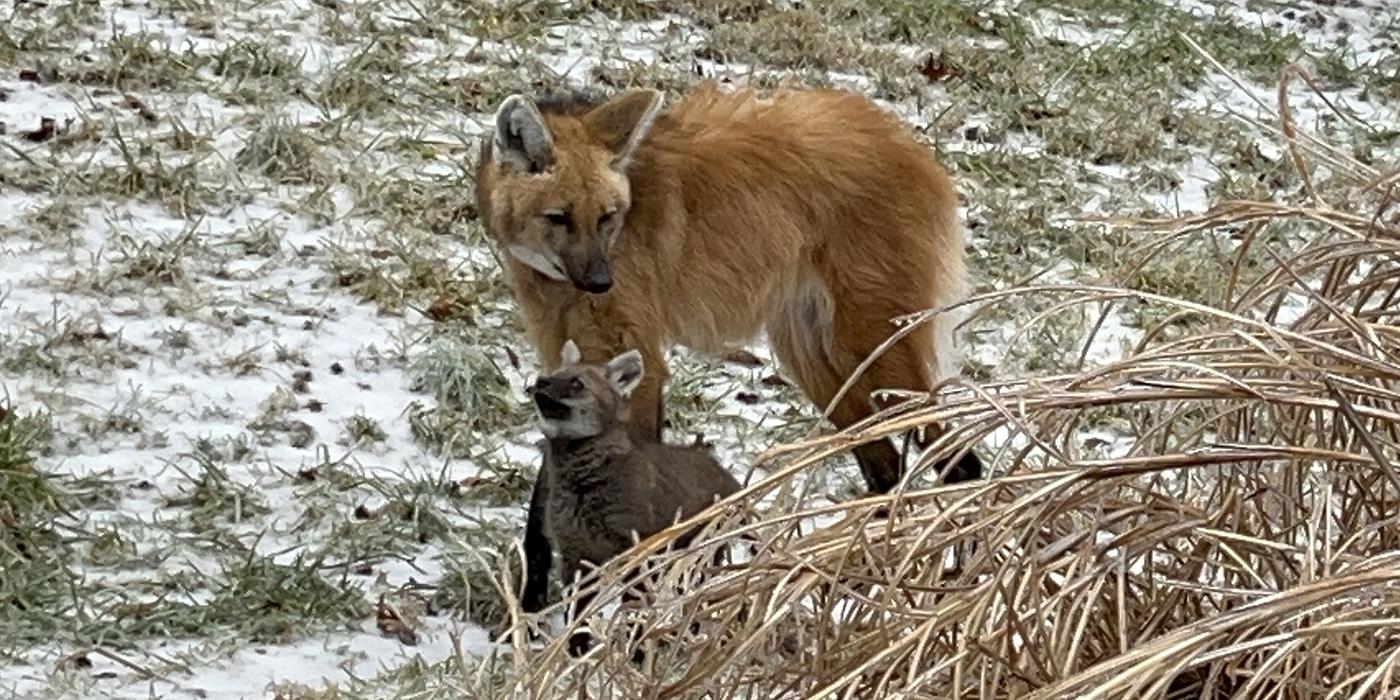How I Study Elusive Prairie Bobcats
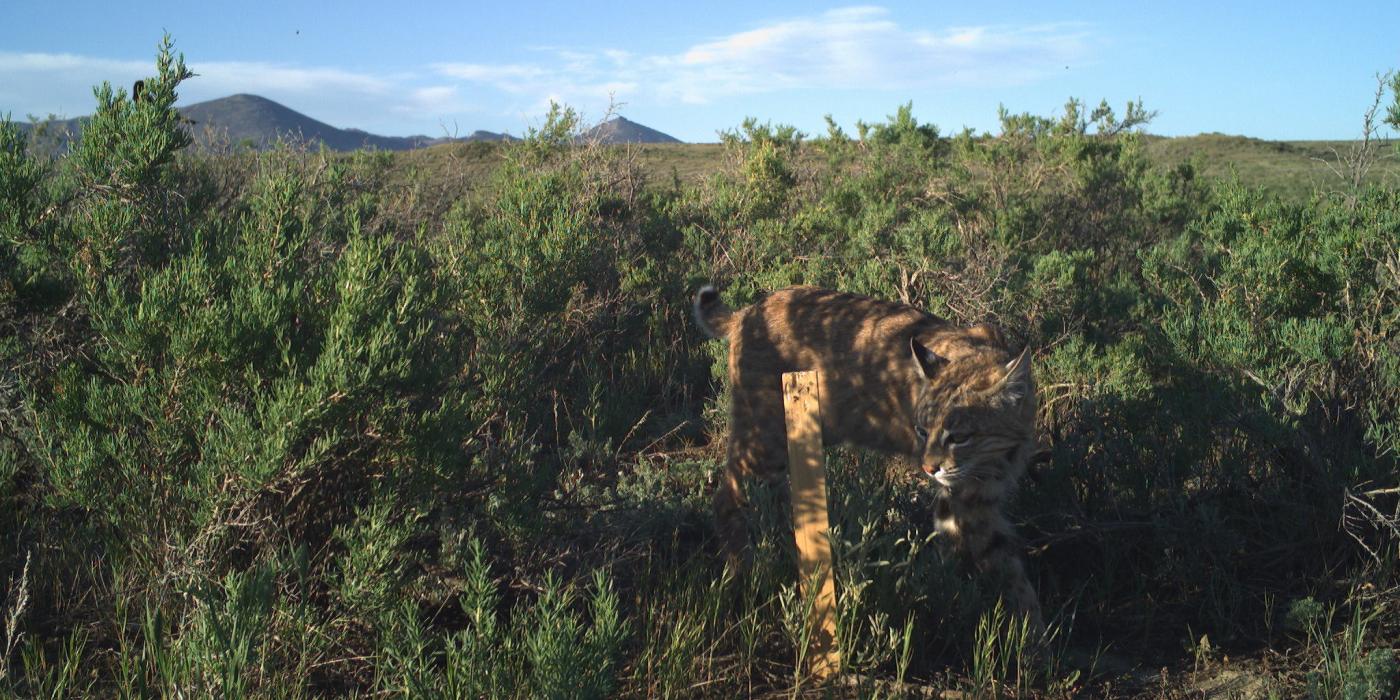
When asked to picture the iconic animals of North America’s grasslands, many may come to mind; bison, prairie dogs and pronghorns are familiar representatives of this ecosystem. However, I study a species that is not always thought of as a grassland resident: the bobcat.
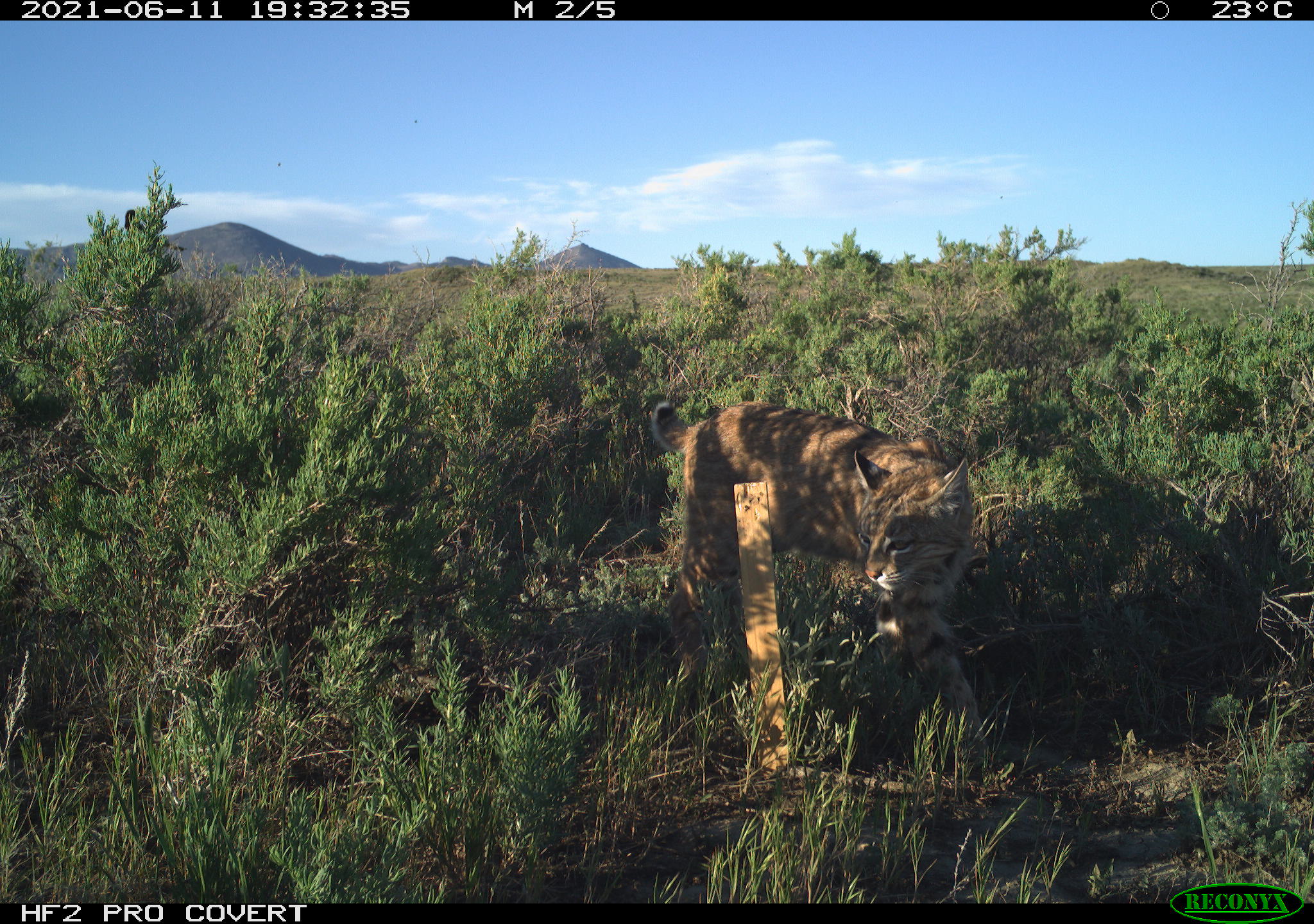
Bobcats can be found nationwide (one was even spotted in 2019 along the C&O Canal in Washington D.C.!). However, it’s difficult to tell if this species is thriving or declining in certain areas, because bobcats are great at staying out of sight with their camouflaged fur (seen above) and nocturnal habits. Most people think of bobcats as a forest species, so they are often surprised when I tell them I study bobcats on the Great Plains.
The northern Great Plains is known for wide open spaces and big skies, but there are forested areas here too, particularly around water. Waterways, such as creeks and rivers, can support dense vegetation along their banks. These areas are called riparian corridors, and bobcats can use them to move undetected through the prairie, hidden among sagebrush and the occasional tree.
As a graduate student with the Smithsonian Conservation Biology Institute and the University of Wyoming, I explore how bobcats use riparian corridors within the larger grassland ecosystem. My study area is centered in the heart of the northern Great Plains in Phillips County, Montana. Along the borders of my study site, there are three areas where bobcats are more likely to spend time: the Milk River, the Little Rocky Mountains and the Charles M. Russell National Wildlife Refuge. That creates an area roughly 75 miles east to west by 55 miles north to south (which is about 700 square miles larger than Yellowstone National Park).
In an area this big, it’s both impossible and impractical to search for animals as reclusive as bobcats using traditional methods, like searching for their scat or tracks. Instead, I use camera traps to continuously watch over critical corridors in this vast landscape and document the elusive cats. A camera trap has a camera attached to a motion sensor that takes a photo whenever the sensor is triggered. With the help of fellow SCBI graduate student Claire Bresnan, we set up more than 80 camera traps along riparian corridors in our study area in May. We have visited them regularly since then to check for photos.
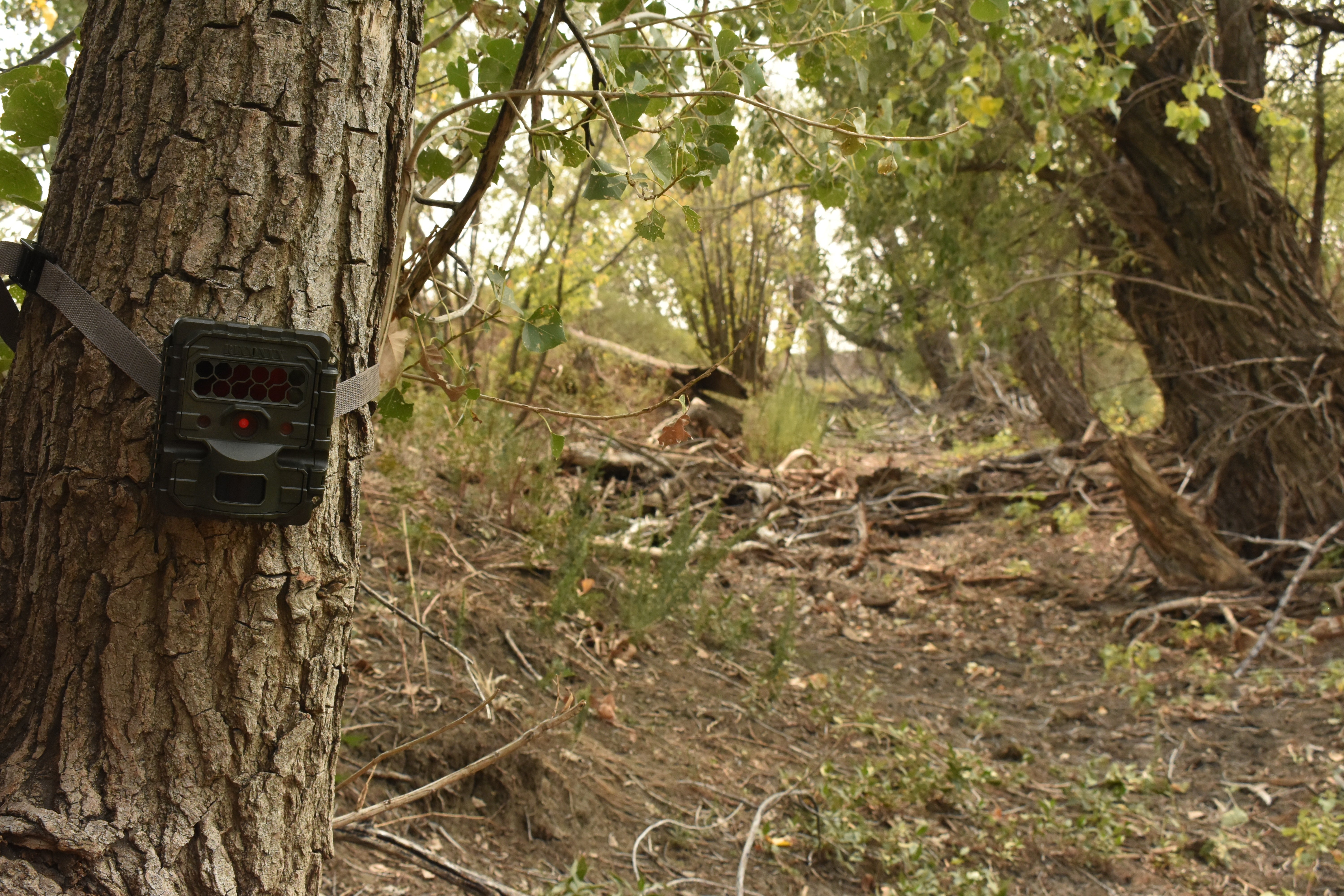
There might be one question stuck in your head: why set up cameras specifically in riparian corridors? The answer is pretty simple. Wildlife use riparian corridors to travel through landscapes in the same way that humans use highways. So, if we want to know how bobcats move around the prairie, riparian corridors along streams are a great place to look. They connect the core habitats that animals use most often.
For instance, it’s presumed that bobcats in my study area spend most of their time in forested habitat near the three areas I mentioned earlier. The streams that run between and throughout these forests connect bobcats, allowing them to move outside their usual territories to find food and mates. Traveling through riparian corridors give bobcats access to new food sources, like the bobcat pictured below with an unlucky prairie dog.
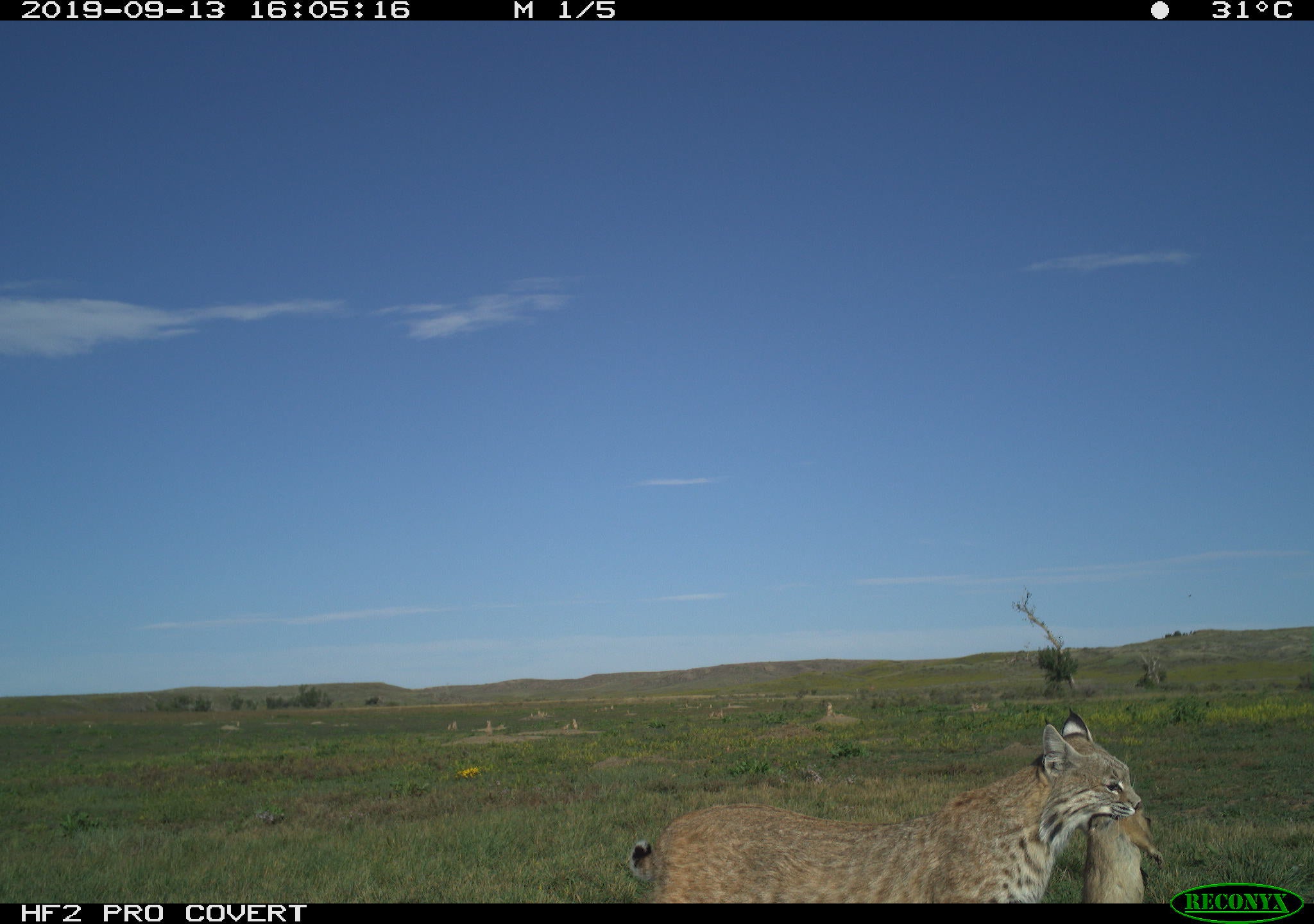
Additionally, young bobcats travel through these corridors when they leave their mothers in search of territories to call their own. While we understand some of the benefits riparian corridors offer, we still have a lot to learn – especially when it comes to prairie bobcats. Is there a seasonal uptick in usage as young bobcats venture out on their own in the fall? Are certain corridors more appealing to bobcats? And if so, why?

Large portions of these corridors lie within publicly accessible lands, which provides a solid foundation to set up camera traps. But public lands do not represent the entire landscape. Like much of the Northern Great Plains, my study area is within a working landscape where many family-owned ranches raise cattle. To fully understand how bobcats use the prairie, it is essential to survey these private lands too. I am fortunate to be collaborating with several ranches that connect vital stretches of riparian corridors.
These landowners have provided me with much-needed insights into the landscape. In turn, I hope to provide them with insights about the wildlife communities that share their homes. We have already spotted several species on ranches this year, including coyotes, moose, porcupines, and most important to my project, bobcats.

By including these sightings from private lands, my conclusions about how bobcats utilize riparian corridors will be even stronger. The mysteries surrounding the lives of prairie bobcats in northern Montana will take time to unravel, but this year has been a great start. My camera traps will collect data through the fall and into next year, so I can continue to learn how bobcats navigate this unique region.
Documenting the paths bobcats use adds to our scientific understanding of the value of riparian corridors in the prairie landscape. We can then take the lessons learned with bobcats and apply them to other iconic species moving onto the grasslands, such as mountain lions, bears and wolves.
Related Species:

